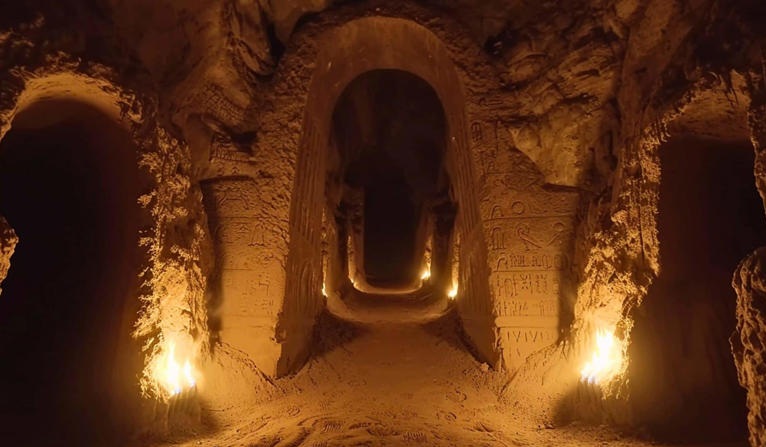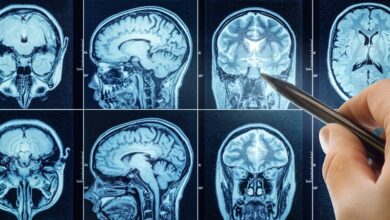Archaeologists Unearth 5,000-Year-Old Tomb That Could Be a Gateway to a Prehistoric Kingdom
News Mania Desk / Piyal Chatterjee / 26th May 2025

A 5,000-year-old burial site discovered in central China’s Henan province is offering archaeologists fresh insights into a prehistoric kingdom, questioning established beliefs about the area’s influence in early Chinese civilization. The find, located in Yongcheng at the Wangzhuang ruins site, features a tomb containing numerous artifacts and architectural elements that indicate it could be the resting place of a king.
Spanning more than 17 square meters, the tomb is notably spacious for the late Neolithic period and is thought to originate from the middle to late Dawenkou Culture, which thrived between 4000 and 2600 BCE. The dig, conducted by the Henan Provincial Institute of Cultural Heritage and Archaeology in partnership with Capital Normal University, has revealed what experts are referring to as one of the most important discoveries in recent years.
As reported, the grave includes both an interior and exterior coffin, a rare characteristic that underscores the supposed rank of the person interred within. The dimensions of the structure range from 4.52 to 4.8 meters in length and 3.47 to 3.68 meters in width, measurements that greatly surpass those of standard burials from that era.
Researchers have documented over 350 artifacts to date, comprising over 100 pottery items, almost 200 jade ornaments, bone implements, and animal remains. Among the most notable are many pig jawbones, which were historically linked to affluence and ceremonial gifts. A minor part of the coffin’s initial inhabitant was discovered, yet the majority of the skeletal remains are absent—only a couple of toe bones were left.
The tomb seems to have incurred significant damage shortly after the burial. Zhu Guanghua, an associate professor at Capital Normal University, stated that the damage appeared intentional. “Most of the skeletal remains of the tomb owner found in the wooden coffin are absent,” he remarked, pointing out that the jade decorations were dispersed and that multiple stone ritual blades had been deliberately shattered.
This brings up inquiries regarding the conditions surrounding the tomb’s violation. Although researchers have not yet established if the damage resulted from looting, conflict, or cultural practices, the disruption provides insight into the social or political instability that could have arisen after the person’s death.
Items discovered at the location consist of artifacts representative of the Yangshao Culture, including small-mouthed pointed-bottom vessels and small-mouthed shoulder containers, suggesting a blend of cultural traditions. The interment also featured water deer teeth and a skull possessing a malformed occipital bone, characteristics linked to Dawenkou burial customs.
Li remarked that the artifacts demonstrate “the early interactions of ancient Chinese civilization,” emphasizing Wangzhuang as an essential location for grasping how various prehistoric cultures engaged, affected one another, and progressed during a crucial time in China’s history.






